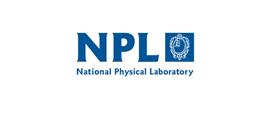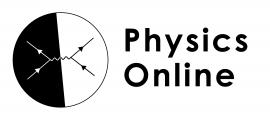Units
Although this section on units is not a discrete module and will be used across teaching of different ideas in the specification, this collection can be used to give ideas on how to explicitly address issues students may have and basics they need to understand. It includes looking at the SI units which will have been covered in part at GCSE, with the mole, kilogram, second and metre being familiar but temperature in kelvin and luminous intensity in candela perhaps being not as well understood.
The mathematics skills collections on the main T level resource page will also be of use in teaching this area and help with understanding how maths specialists may approach it.
Whilst this list provides a source of information and ideas for experimental work, it is important to note that recommendations can date very quickly. Do NOT follow suggestions which conflict with current advice from CLEAPSS, SSERC or recent safety guides. eLibrary users are responsible for ensuring that any activity, including practical work, which they carry out is consistent with current regulations related to Health and Safety and that they carry an appropriate risk assessment. Further information is provided in our Health and Safety guidance.
Symbols and Units: a Survival Guide *suitable for home teaching*
From Science & Plants for Schools (SAPS), this post-16 guide explains the rules for using symbols and units (with reference tables) that students will meet in science courses and reminds of the importance of using them, and writing them, correctly. It could be used as a complete resource with student activities or just used as a reference in folders.
The guide contains six sections:
1. SI base units
2. Derived units
3. Secondary units and prefixes
4. Units outside the SI
5. Using SI units and their symbols
6. Some useful physical constants
Estimating Length Using Standard Form
This resource from the Learning and Skills Improvement Service (LSIS) can be used as a whole lesson, or the card matching activity could be completed as a starter when looking at standard form and what this means for the length of different objects. Students often find it difficult to picture what changes in units mean and compare which is bigger, so this would help to start to address the issue.
Multiplying and Dividing by Powers of 10
Three instant maths ideas covering how digits move decimal places when numbers are multiplied or divided by powers of ten. Given a starting point and an answer, students are required to decide which power of ten the original number has been multiplied. The third task requires students to explore which cases do not work if the rule: “to multiply by ten, add a zero” is used. This would be especially helpful for students who have struggled with this idea in school and who need extra practice to address it directly to be able to understand what they see in experiment results or readings.
Fact sheets (posters)
These fact sheets, from the National Physical Laboratory, are ideal posters for the classroom or could be used as reference sheets in folders. They include relevant sections for the T level specification including:
SI units
Traceability (uncertainty, accuracy, precision, error )
Ionising radiation
and History of length
Physics quantities and units
This video provides a brief introduction to the seven base units used in physics. Base units are identified with their symbols and S.I units and could then be built on by using the measurements in practical work or converting between different units such as mm and m.
The beginner's guide to measurement (NPL)
A fascinating guide to measurement from the National Physical Laboratory (NPL). It would be extremely useful for teacher background understanding or broken down into sections for metrology students to read in further depth. There are some great stories that could also be used in lessons to bring some context and history to the study of units and would be interesting for students to appreciate the complex nature of the field.





